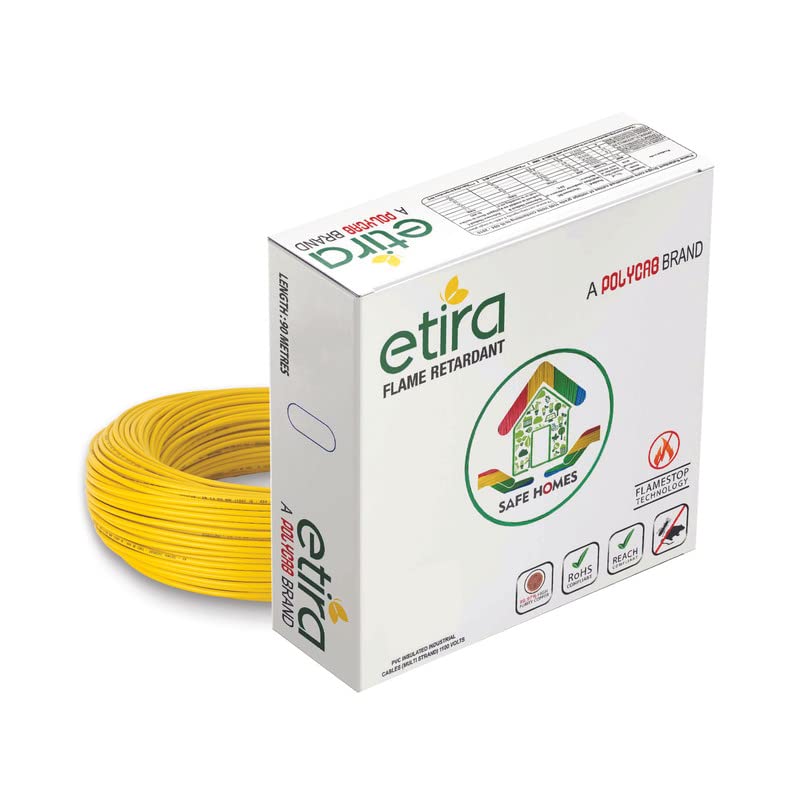In the world of technology and electronics, the debate over whether more expensive cables are truly better has been a topic of discussion for years. Consumers are often bombarded with marketing claims that suggest premium cables offer superior performance and enhanced audio-visual quality. But are these claims backed by solid evidence, or are they simply a ploy to extract more money from unsuspecting buyers?
To address this question, we must first understand the role that cables play in the transmission of audio and video signals. Cables are essentially conduits that carry electrical signals from one device to another. The primary factors that determine the quality of a cable are its construction, materials used, and design. Higher-quality cables typically feature better shielding, superior connectors, and higher-grade conductors, which can potentially result in less signal loss and interference.
However, the key point to consider is whether the incremental improvements in performance offered by expensive cables are discernible to the average consumer. In many cases, the difference in audio or visual quality between a budget cable and a premium cable may be negligible, especially in everyday usage scenarios. Factors such as the quality of the audio/video source, the capabilities of the connected devices, and the environment in which the system is set up can all influence the perceived impact of cable quality.
Moreover, scientific studies and blind tests have often failed to conclusively prove that expensive cables provide a noticeable improvement in audio or visual fidelity. While there may be instances where high-end cables make a difference in specialized setups or professional applications, the average consumer may not experience a significant difference in performance that justifies the hefty price tag.
It is also important to consider the law of diminishing returns when it comes to cable quality. Spending exorbitant amounts on cables that offer marginal improvements in performance may not be a wise investment, especially when more affordable options can provide satisfactory results for the majority of users.
In conclusion, the decision to invest in expensive cables ultimately boils down to personal preference, budget constraints, and the specific requirements of the audio-visual setup. While premium cables may offer certain advantages in terms of build quality and potential signal integrity, the average consumer may not necessarily benefit significantly from the added expense. It is essential to weigh the cost-benefit ratio and consider practical factors before splurging on high-end cables in pursuit of the elusive promise of superior performance.

More Stories
Kelai JK OLED Installation Best Practices: Tools, Techniques, and Tips for High-Volume Smartphone Repairs
Performance, Application Scenarios and Selection of External Panel Materials for Outdoor Mobile Shelters
5 Game-Changing Tips to Supercharge Your Home Theater with a Universal Projector Remote